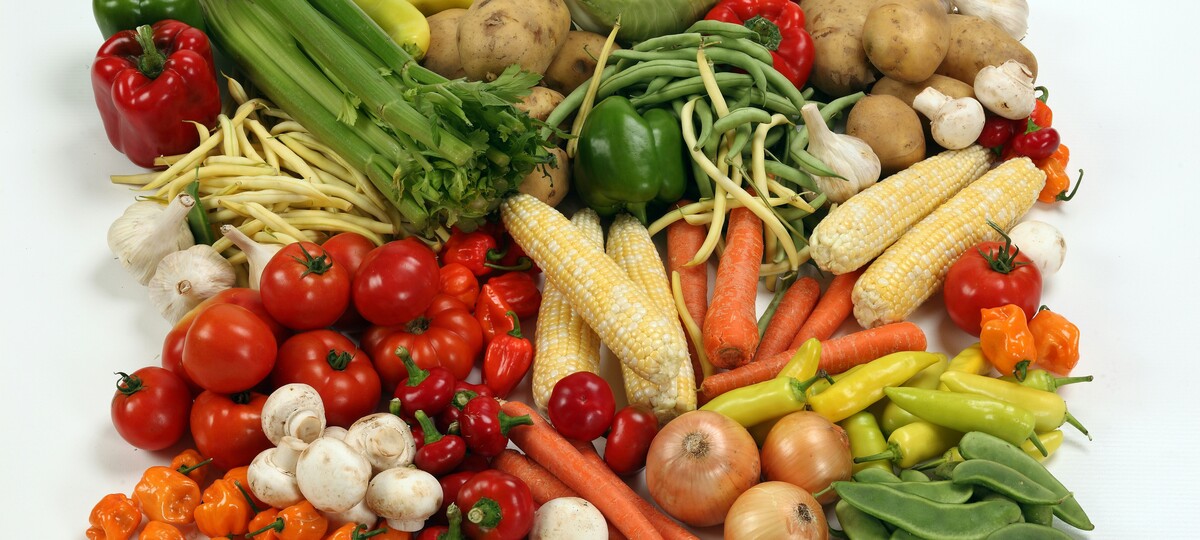
In keeping with February being heart-healthy month, I want to continue to think about the foods we choose most often. Most of us tend to eat the same foods over and over, so it’s important we make healthy choices more often. The foods we eat most often can affect future diseases such as high blood pressure (too much salt), high cholesterol (too much animal fat), being overweight (too many calories) or Type 2 diabetes (inconsistent carbohydrates).
When it comes to healthy eating, there are several foods to choose more often — whole grains, fruits, vegetables, lean protein and healthy fats. On the other hand, you want to choose less refined grains, sugar and sweets, fatty meats, sodium and full-fat dairy. Slashing sodium can help reduce blood pressure.
A few foods have heart-healthy power, according to Joy Bauer, a registered dietitian and author of the book “Joy Bauer’s Superfood! 150 Recipes for Eternal Youth.”
While there aren’t perfect foods, there are foods to choose more often. Bauer’s top choices to include in a heart-healthy plan feature bananas, apples, lentils, salmon, oats and avocados. Nearly all help lower inflammation. Inflammation can harm the heart by irritating blood vessels or promoting plaque buildup in arteries.
Here’s why these foods make Bauer’s list:
Bananas are high in potassium, a mineral that can lower blood pressure by counteracting the effects of sodium. Bananas can also substitute for sugar to sweeten foods, helping lower added sugar consumption.
Bauer chooses apples because of their pectin, a type of soluble fiber (like oats) that blocks cholesterol absorption. And apples are rich in polyphenols, which are antioxidants that reduce inflammation.
Lentils contain fiber and protein and are high in magnesium and potassium, which work together to lower blood sugar and keep blood vessels healthy.
Salmon is particularly high in omega-3 fatty acids, a heart-healthy fat shown to lower inflammation and reduce harmful fats in the blood.
Oats contain fiber, protein, vitamins and minerals that help keep inflammation under control.
Avocados, rich in potassium and fiber, are a good source of monounsaturated fats, which help lower blood pressure and help with cholesterol levels.
The bottom line? You can help your heart by building your diet with the right foods.
Q and A
Q: Are nightshade vegetables, such as potatoes, peppers, eggplant, okra and tomatoes, bad for you?
A: I don’t think any vegetable can be considered “bad.” In fact, all vegetables are good for you. The negative rap that nightshade vegetables get is because they contain compounds called solanines, which can cause delirium and hallucinations in very high concentrations. In addition, there is a widespread idea that solanines cause inflammation and can therefore affect conditions such as arthritis and psoriasis. But there’s no research or evidence to support that. All vegetables are rich in nutrients and fiber, both of which support good health. We want vegetables to make up a large portion at every meal. Choose a wide variety of vegetables, and include them at each meal.
RECIPE
Pork tenderloin has always been my favorite cut of pork. It’s lean, low in calories, flavorful and no-waste. Here’s a recipe from Eating Well magazine that combines pork tenderloin and green beans in a stir-fry.
PORK & GREEN BEANS STIR-FRY
Servings: 4 (1 1/2 cups each)
1/4 cup apricot jam
2 tablespoons reduced-sodium soy sauce
1 tablespoon toasted sesame oil
2 teaspoons chili garlic sauce
1 pound pork tenderloin, trimmed and cut into thin strips
1/4 cup cornstarch
3 tablespoons canola or avocado oil
12 ounces green beans, trimmed
1/4 cup scallions, thinly sliced, plus more for garnish
2 tablespoons toasted sesame seeds
Whisk jam, soy sauce, sesame oil and chili-garlic sauce in a small bowl. Set aside. Toss pork with cornstarch in a medium bowl until no cornstarch remains at the bottom of the bowl. Heat oil in a large flat-bottom wok or cast-iron skillet over medium-high heat until it shimmers. Add the pork, and cook, stirring occasionally, until browned and crisp, 6 to 8 minutes. Stir in green beans, and continue to cook, stirring often, until well coated, 30 seconds to 1 minute. Remove from heat, and add scallions and sesame seeds. Toss to combine. Sprinkle with more scallions, if desired.
Per serving: 387 calories; 27 grams protein; 29 grams carbohydrates; 19 grams fat; 74 milligrams cholesterol; 3 grams fiber; 12 grams total sugars; 473 milligrams sodium.
Charlyn Fargo is a registered dietitian with SIU School of Medicine in Springfield, Illinois, and the current president of the Illinois Academy of Nutrition and Dietetics. For comments or questions, contact her at [email protected] or follow her on Twitter @NutritionRD. To find out more about Charlyn Fargo and read features by other Creators Syndicate writers and cartoonists, visit the Creators Syndicate website at www.creators.com.
Photo credit: Randy Fath at Unsplash
